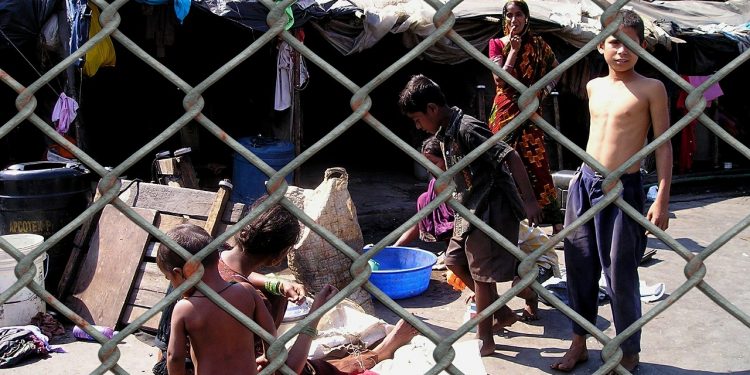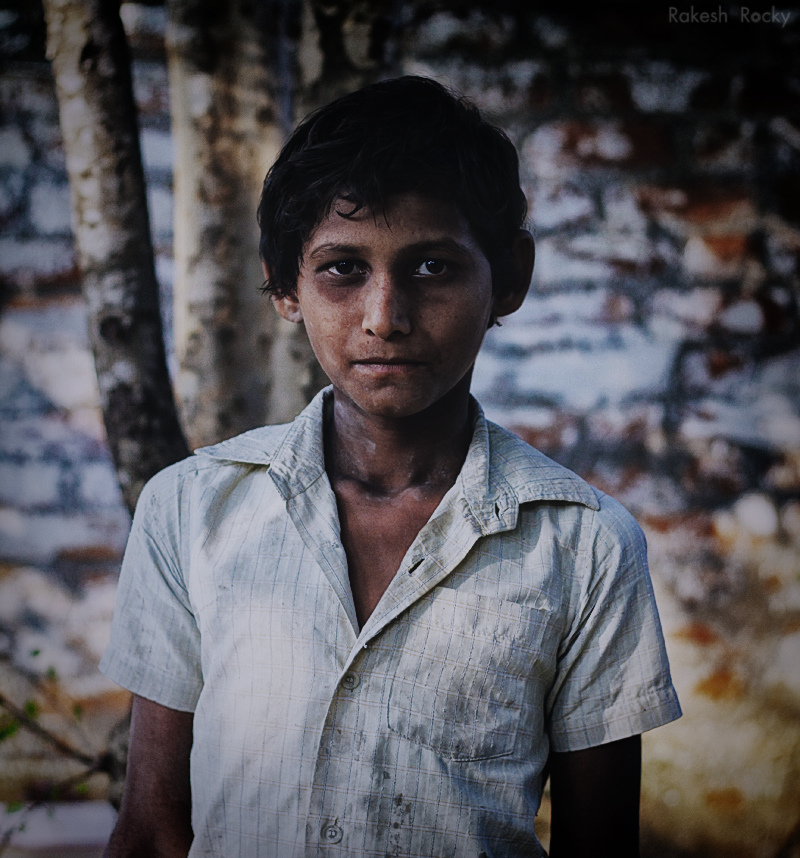Social Inclusion Initiative: Earn Rs. 2.5 Lakh For Marrying A Dalit

Introduction
Over one-sixth of India’s population, some 170 million people, live among a precarious existence shunned by much of Indian society because of their rank as “untouchables” or Dalits—literally meaning “broken” people—at the bottom of India’s caste system. Dalits are historically discriminated against, denied access to land and basic resources, forced to work in degrading conditions, and routinely abused at the hands of the police and dominant-caste groups that enjoy the state’s protection.
In order to improve societal inclusion of the Dalits, the Centre introduced the “Dr. Ambedkar Scheme for Social Integration through Inter-Caste Marriage.” The plan is meant to enable such couples who have taken a “socially bold step” to settle down in the initial phase of their married life.
Although this is a strong step towards social inclusion, it might backfire as some couples might find loopholes and take advantage of this plan through fake marriages.
The Scheme
Introduced in 2013, the scheme targets at least 500 such marriages each year, though it has not crossed 100 so far. The response to it has been shockingly low, increasing from 5 beneficiaries in 2014-15 to just 74 in 2017.
As per the rules, couples whose total annual income does not exceed Rs 5 lakh were eligible to receive a one-time incentive of Rs 2.5 lakh from the Centre. The other pre-conditions were that the couple should be married for the first time and register under the Hindu Marriages Act, submitting the proposal within a year of marriage.
The scheme, however, did not receive the expected response and has hence been reviewed and changed.
Despite the relatively high incentive amount of Rs 2.5 lakh, lack of awareness coupled with the stringent norms resulted in less than 10% achievement under the scheme. With the government now easing norms by removing the income ceiling and the need for the state government to forward the proposal, one hopes that eligible beneficiaries will utilize the scheme in the years to come.
Conclusion
The steps taken by the government are appreciated, but there are dangers of “sham marriages” occurring to gain a momentary monetary benefit for the so-called “couple”. In my opinion, the Centre should take steps against the possibility of these marriages, and be conscious of the fact that they are gifting an honest taxpayer’s money to someone who may be faking his/her own marriage.
With sufficient awareness, the scheme will hopefully result in an adequate number of inter-caste marriages and help to alleviate the oppression the Dalits have long been victims of.




